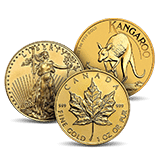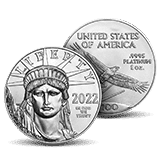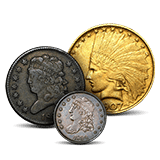
DGS, or Dominion Grading Service, was a third-party coin grading company operated by David Lawrence Rare Coins in Virginia Beach, Virginia. Founded in 2008, it aimed to bring transparency, accuracy, and innovation to the numismatic industry until its closure on August 5, 2010. While Dominion Grading Services struggled to gain traction in a market dominated by established players, its commitment to transparency and technological advancements left a lasting impression on coin grading practices.
Origins of Dominion Grading Service
DGS was created after David Lawrence Rare Coins purchased the assets of another former grading company. The organization sought to differentiate itself by:
- Implementing high coin grading standards under the leadership of respected numismatists.
- Introducing innovative transparency tools to help collectors make more informed decisions.
- Offering services tailored to collectors, including the encapsulation of details-graded coins, which was not widely available at the time.
Despite these efforts, DGS faced significant market challenges, which ultimately led to its closure in 2010.
Innovations and Unique Contributions
AuthentiVIEW™
One of DGS’s most groundbreaking innovations was AuthentiVIEW, an online coin imaging service that allowed collectors to view high-resolution images of their graded coins. This service was a major step forward in grading transparency because:
- It allowed collectors and dealers to verify a coin’s condition remotely, reducing the risk of misrepresentation.
- It provided detailed visual documentation, helping buyers feel more confident in their purchases.
- It set a precedent for digital coin imaging; a practice that has since become standard among grading companies.
At the time, most grading companies did not provide routine digital images of graded coins, making AuthentiVIEW a pioneering advancement in the industry.
Encapsulation of Details-Graded Coins
Dominion Grading Service was one of the first coin grading services to encapsulate details-graded coins, a major development for collectors.
How DGS Changed the Approach
By offering encapsulation for details-graded coins, DGS provided a secure and marketable option for collectors. This practice increased trust in details-graded coins, which allowed them to be sold with greater confidence. Major grading companies later adopted this practice, reinforcing its value to the industry.
DGS Currency Grading
In addition to its contributions to coin grading, Dominion Grading Service also offered currency grading services. This included the authentication and grading of paper money, ensuring that collectors and dealers could trust the condition and authenticity of their banknotes. DGS applied the same principles of transparency and innovation to currency grading as it did to coin grading.
Key Features of DGS Currency Grading
DGS maintained rigorous grading standards for currency, similar to its approach with coins. The introduction of tools like AuthentiVIEW™ for coins also extended to currency, allowing collectors to view high-resolution images of their graded banknotes. DGS provided secure encapsulation for graded banknotes, protecting them from damage and ensuring their condition was preserved.
Closure and Industry Impact
Why DGS Shut Down in 2010
On August 5, 2010, DGS officially announced its closure. In a public statement, David Lawrence Rare Coins president John Feigenbaum broke the news, which praised the efforts of premier grading organizations like NGC, PCGS, and CAC. While DGS could not sustain itself, its innovations helped push the numismatic industry forward.
Legacy and Lasting Impact
The Dominion Grading Service helped shape modern grading practices. Even though the organization ceased operations, its contributions remain influential:
- AuthentiVIEW paved the way for online coin imaging, which is now standard in modern grading services.
- Encapsulation of details-graded coins became an industry norm, allowing imperfect but historically significant coins to be protected, verified, and evaluated.
- DGS’s emphasis on transparency and trust influenced later advancements in digital verification and imaging.
Many of the practices introduced by the Dominion Grading Service continue to shape numismatic authentication today. The Dominion Grading Service was an attempt to create a transparent, collector-friendly grading service. While it ultimately could not compete with long-established giants, it played a crucial role in advancing coin grading innovations.
Though DGS-graded coins do not always carry the same market value as PCGS or NGC-certified coins, the company’s contributions to transparency, imaging, and encapsulation remain significant in the history of numismatics. DGS may be a defunct grading service, but its influence is still felt across the industry today.




